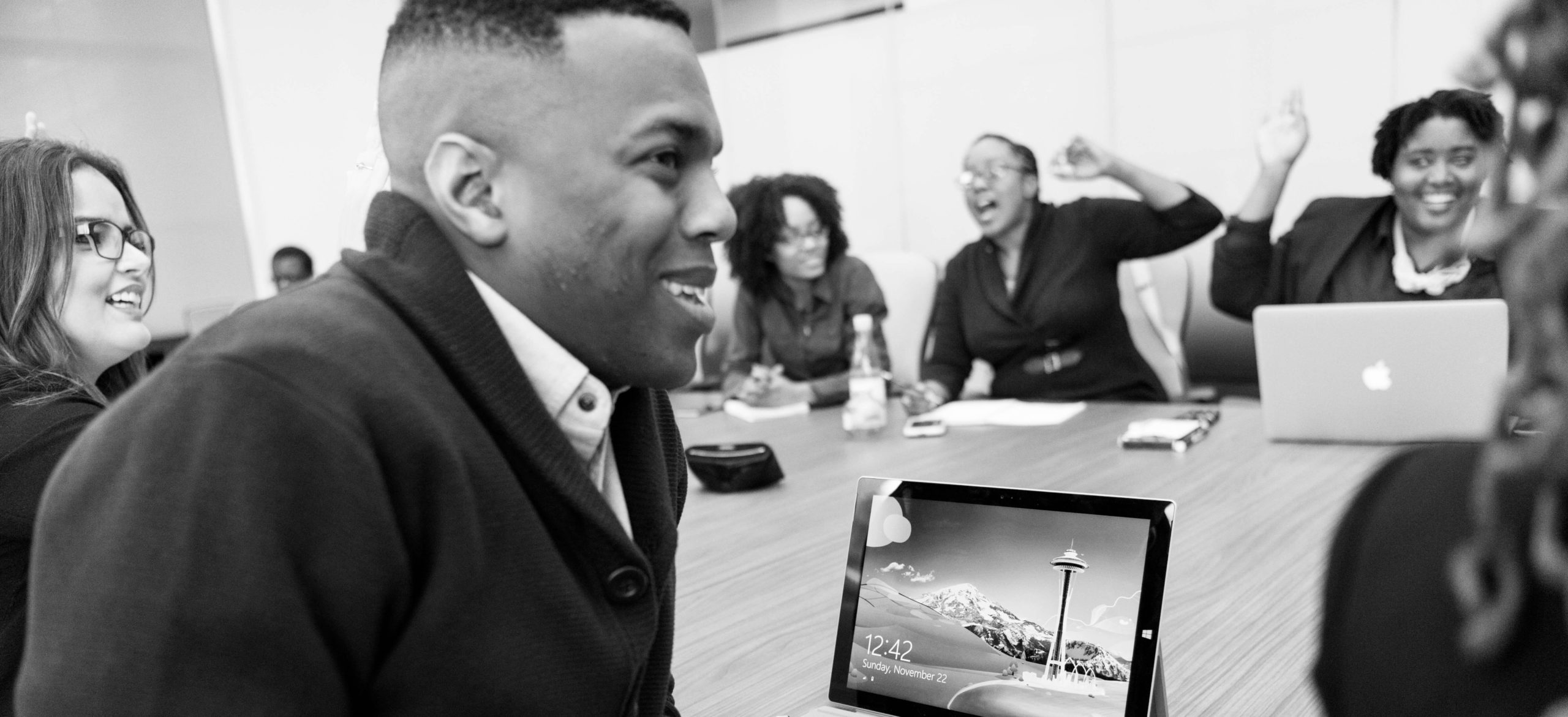Our Cofounder and CEO, David Karandish, recently delivered the webinar, Employee Expectations vs. Employee Experience: How AI Can Help HR Bridge the Gap. In the live-streamed event, he shared how employee experience and expectations often differ substantially. He also offered strategies that organizations can implement to mend the rift.
Employee satisfaction is on a steep decline because team members across the globe aren’t content at their jobs. And, while there are many aspects that can contribute to dissatisfaction at work, unmet employee expectations are the main culprit of the subpar employee experience as of late.
Expectations in the workplace have changed as a result of the experiences we have outside of the workplace. All the devices, and programs that are available to us as consumers are intuitive, personalized, and up-to-date. It makes sense that team members expect similar tools in the workplace. However, the lack of industry-standard tech design and automation brings everyone down to reality.
“Our expectations and reality end up diverging very quickly, and that’s what takes away from employee satisfaction,” said David Karandish.
Employee satisfaction and experience will surge when the three major expectations of the modern workplace are met.
Support.
Employees expect level 0 support, or, in layman’s terms: the ability to access the information they need without relying on a coworker. When employees have the support they need, there’s a decrease in interruptions throughout the workday, the organization doesn’t have to build out a bespoke service desk to store information regarding policies and benefits, and team members can simply access the knowledge they need, whenever they need it.
Years ago, banks provided their customers the ability to access cash whenever and wherever they wanted it via ATMs. Employees want that same access to the knowledge they need to excel at work—nearly 100% of your team wants to access information about benefits outside of work hours, but only 12% can do so because that information isn’t always available to them.
Process.
Without having a plan or process in place, projects can deviate and take much longer than they should. Employees need strategic processes that can move their tasks forward. Workflows can provide your entire team with a process that empowers them through their individual tasks and cross-departmental projects.
To get started building state-of-the-art workflows that can boost employee satisfaction, you just need to ask yourself some surprisingly simple questions like:
- Where do projects currently get logjammed?
- When do different departments need to engage and communicate?
- How many systems require handoffs?
Pro-Tip: David shares how a workflow can actually automate some of these tasks in the webinar.
Culture.
“There’s a battle going on in your organization,” cried David.
The two sides of that battle include the two types of cultures. There are employees in your org that prefer focusing on proficiency, while others would rather focus on creativity. Every organization fights this battle, and if the company doesn’t please both sides, the entire organization is thrown off.
You have to explore how to keep the culture of creativity and the culture of proficiency at the forefront of business to solve this culture paradox—and the only way to do so is with automation.
Simplifying human-centric tasks with automation benefits the proficients, and implementing automation into the creative process frees up the creatives so they can, well, create.


